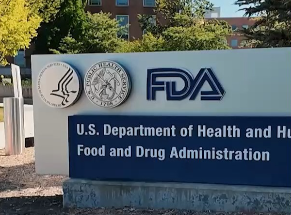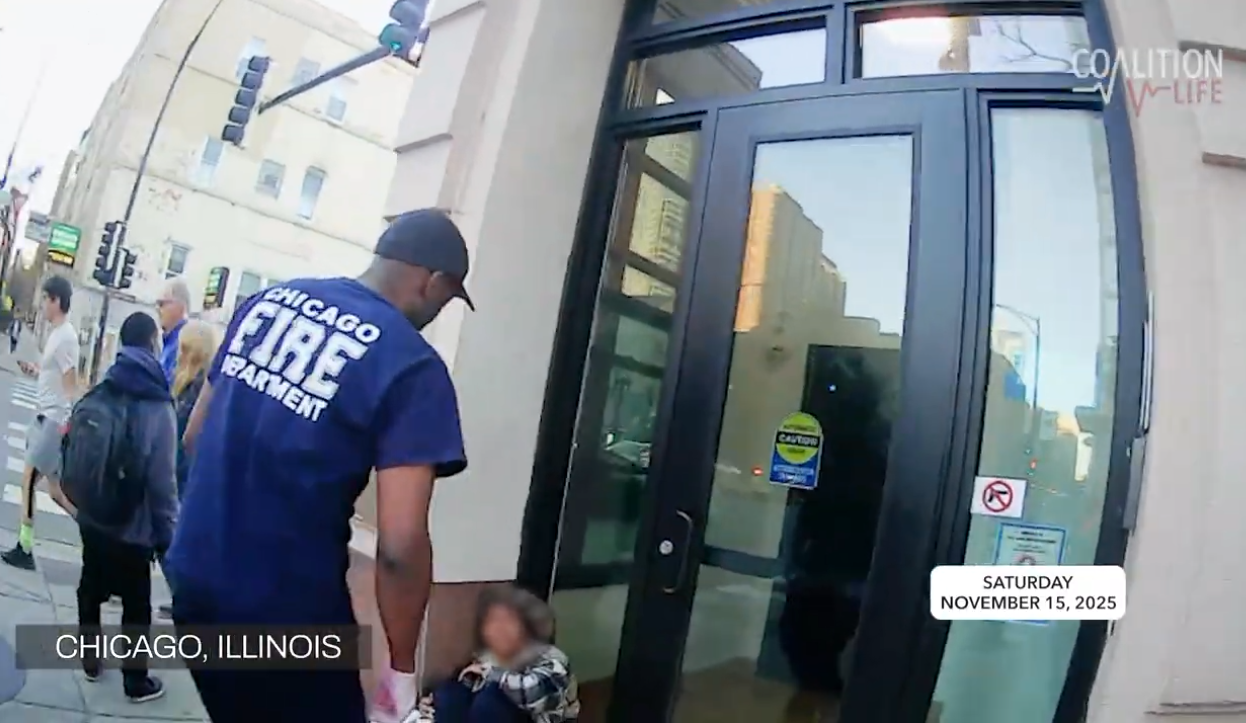(NRC) On the one-year anniversary of the Supreme Court’s overturning of Roe v. Wade in the Dobbs decision, Mini Timmajaru, president of the abortion group NARAL, told a group of abortion activists marching to the Supreme Court Building that NARAL has backed expansion of the Supreme Court — because “if we don’t do something about these extremists who’ve taken over the court, we’re not getting our freedoms back even when we exercise our vote at the ballot box.”
She showed off a new NARAL sign that read, “OUR bodies, OUR lives, OUR decisions, OUR COURT.”
In the spring, NARAL, along with Planned Parenthood Action Fund, the political arm of the nation’s largest abortion provider, and several other abortion groups became partners with the Just Majority campaign, which advocates for adding justices to the Supreme Court.
Tweet This: NARAL is backing expansion of the U.S. Supreme Court to advance its abortion agenda.
A Planned Parenthood statement in May said that “anti-abortion rights politicians and their allies put judges who are sympathetic to their beliefs in positions of power. They are using the courts to undermine our hard-won freedoms and our power to control our own bodies, lives, and futures.”
Planned Parenthood president Alexis McGill Johnson told MSNBC that it’s “incredibly important now that we need to see expanded courts, from lower courts all the way up to the Supreme Court.” She did not specify how many justices Planned Parenthood would like to see added to the Supreme Court. The group is also calling for term limits for Supreme Court justices and greater ethics and transparency requirements.
Democratic lawmakers renewed calls earlier this month to expand the Supreme Court following decisions against Harvard’s affirmative action admissions policy and President Biden’s student debt relief plan, as well as a ruling that a Christian web designer would not have to create wedding websites for same-sex unions.
Rep. Alexandria Ocasio Cortez, D-N.Y., told CNN July 2 that “what we are seeing now, from the overturning of abortion rights to the ruling that discrimination and, frankly, stripping the full personhood and dignity of LGBTQ people in the United States. … These are the types of rulings that signal a dangerous creep towards authoritarianism and centralization of power in the court.”
She has joined with a group of 62 House Democrats who reintroduced legislation in May to add four justices to the Supreme Court for a total of 13 justices. Several Senate Democrats, including Sen. Elizabeth Warren, D-Mass., have also called to expand the Court in light of Roe being overturned.
[Click here to subscribe to Pregnancy Help News!]
However, any legislation to expand the court would not succeed, given the current Republican control of the House and the narrow Democratic majority in the Senate. Additionally, President Biden recently made it clear that he is opposed to expanding the Supreme Court.
“I think if we start the process of trying to expand the court, we’re going to politicize it maybe forever in a way that’s not healthy,” he said. Biden did call the current Court “not normal,” claiming that "it's done more to unravel basic rights and basic decisions than any court in recent history” and citing its overturning of Roe v. Wade as an example of this.
When Democrats pushed to expand the Supreme Court ahead of the 2020 election, the late Supreme Court justice Ruth Bader Ginsburg raised concerns at the time, saying such efforts would look partisan. “It would be that — one side saying, ‘When we’re in power, we’re going to enlarge the number of judges, so we would have more people who would vote the way we want them to,’” Ginsburg told NPR in a July 2019 interview. “Nine seems to be a good number. It’s been that way for a long time.”
The Supreme Court has had nine justices since 1869, for more than 150 years. Before that, the size of the Court changed six times following its initial formation with six justices in 1790.
Editor's note: Lauretta Brown is the Register’s Washington-based staff writer. This article is reprinted with permission from the National Catholic Register – www.ncregister.com.






